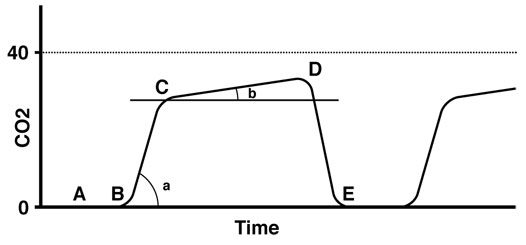

Reducing compliance and increasing resistance of the patient lungs caused high peak airway pressure, the tidal volume was lost in gas piping, and the tidal volume be delivered to the patient lungs was decreased. With the same setting tidal volume of a same ventilator, the tidal volume delivered to patients was different with different lung types of patient, compliance of gas piping, leakage, gas types, etc. At the same tidal volume, the displaying values of tidal volume of E5, Servo i, Evital 4, and Evital XL ventilators with different lung types of patient, compliance of gas piping, leakage, gas types, etc. The tidal volume was obtained from flow analyzer PF 300. The air resistance, air compliance and lung type in simulation lungs were set. The volume control ventilation model was chosen, and the simulation lung type was active servo lung ASL 5000 or Michigan lung 1601. To study the ways which ensure the delivery of enough tidal volume to patients under various conditions close to the demand of the physician. During all anesthetics, the means for continuously measuring the pt's temp must be available. During GA, circulatory function is to be continually evaluated by the quality of the pulse, either electronically or by palpation or auscultation. Adequacy of circulation should be monitored by the continuous display of the ECG, & by determining the arterial BP & HR at least at 5-min intervals. Capnography ETCO2 analysis during GA When using a vent, there should be a device that is able to detect a disconnection of any part of the breathing system. Ensure correct placement of ETTs/LMAs requires clinical assessment & qualitative identification of CO2 in the expired gas. Quantitative monitoring of TV & capnography When administering regional anesthesia or MAC, sufficient ventilation should be assessed by qualitative clinical signs &/or monitoring of exhaled CO2. 02 analyzers w/ low concentration-limit alarms during GA Quantitatively assessing blood oxygenation Continuously ensuring the adequacy of ventilation by physical diagnostic techniques Identification of expired CO2 is performed unless nullified by the type of pt, procedure, or equipment.


 0 kommentar(er)
0 kommentar(er)
